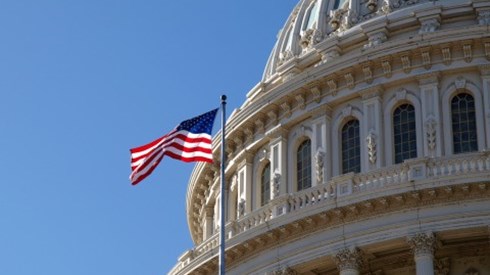Best Details ESG Factors' Impact on Insurance Company Rating Actions

July 16, 2021

Environmental, social, and governance (ESG) factors were considered the primary driver in 13 percent of A.M. Best's insurance company global rating actions during the 12-month period through March 2021, according to a new report from the rating agency.
The Best's Special Report, titled "Impact of ESG Factors on AM Best's Rating Actions," said that 72 percent of the ESG-driven rating actions were on US-domiciled companies, while 15 percent were on companies in Europe, and 13 percent were on companies in the Asia-Pacific region. Property and casualty insurance companies accounted for 85 percent of the rating actions driven primarily by ESG factors, Best said.
Best noted that recent regulatory requirements on credit rating agencies (CRAs) issued by the European Securities and Markets Authority mandate that CRAs publicly disclose information about ESG factors that were key to rating action determinations. Best said that for its ESG-related actions on insurance companies between April 2020 and March 2021, 69 percent were negative and 31 percent positive.
Weather-related events and governance were the primary ESG factors driving its rating actions, Best said. The vast majority of rating actions related to weather involved events for which exposures fell outside of the rating agency's—as well as the insurance company's—expectations.
"This was particularly true for small monoline insurers with geographic concentration, such as companies exposed to floods or wildfire risk in a single US state," Victor Bhagat, associate director, Credit Rating Criteria Research at A.M. Best, said in a statement. "Failure to manage catastrophe risk may also be a consequence of weak governance."
Best said the core ESG factors that were primary drivers of insurance company rating actions over the period examined comprised of natural catastrophes or weather-related events, including the insurer's stress testing capabilities and nonmodelled risks; other environmental risks, including transitional and liability risks; reputational risks stemming from environmental, social, and governance factors; and insurance company governance.
July 16, 2021


